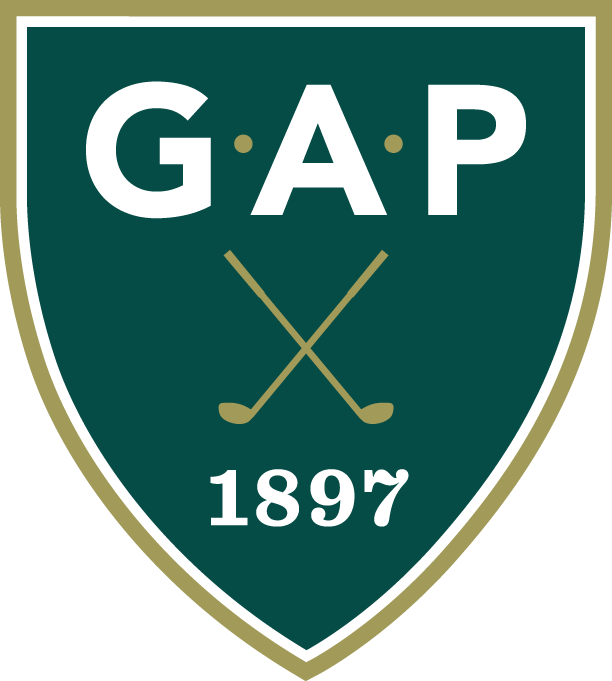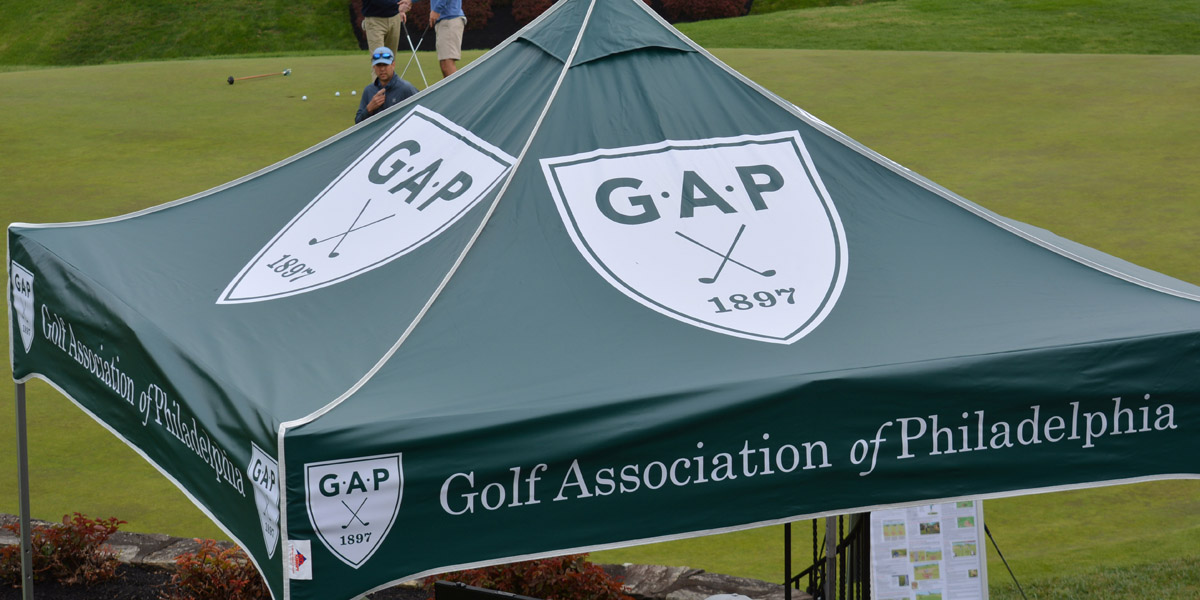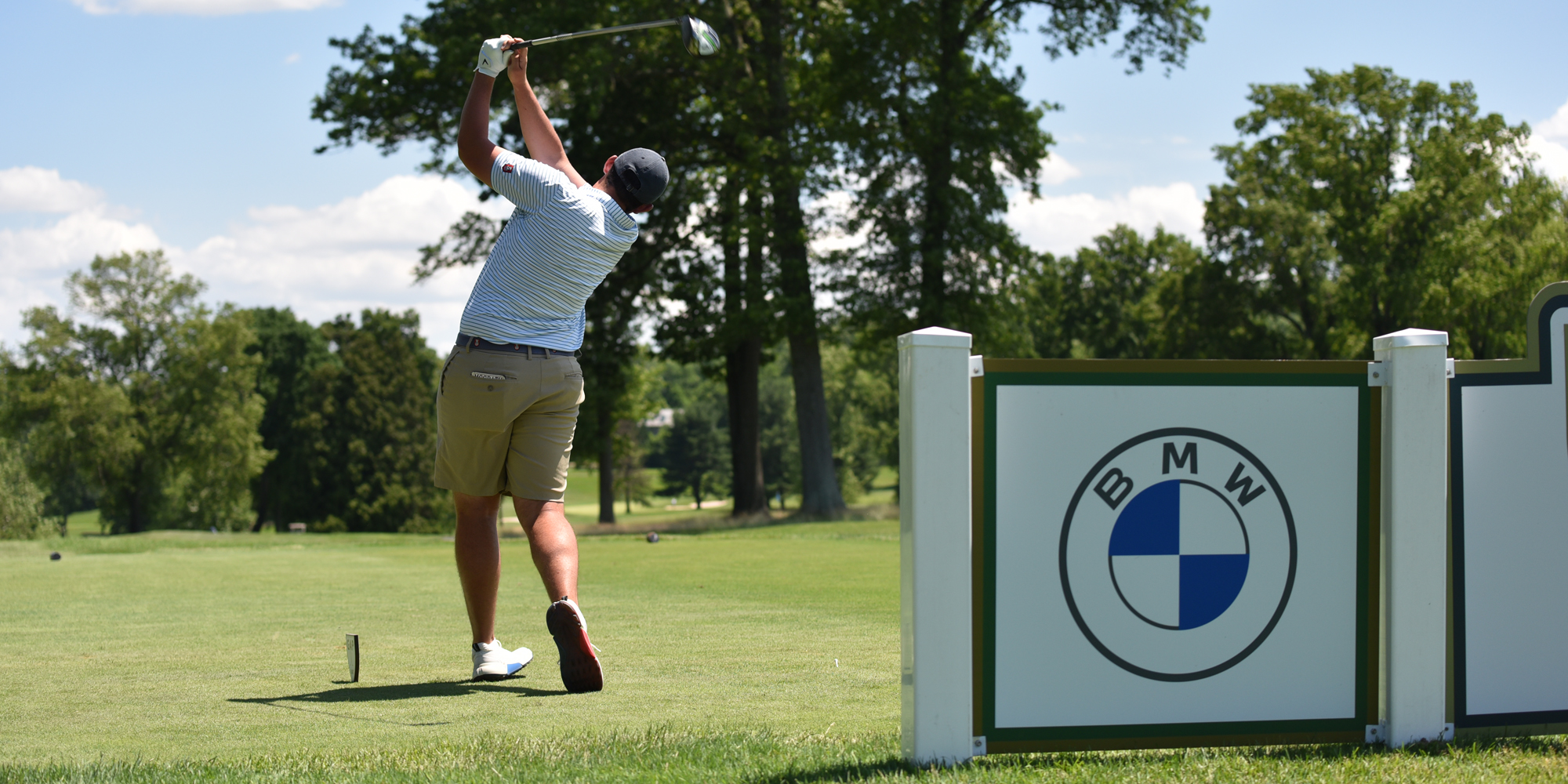| *Video Coverage
Sixth Annual Presidents' Council generates fresh initiatives, trendsModel clubs, new golf partnerships and course conditions’ effect on pace of play were among the topics highlighted at the Golf Association of Philadelphia’s 6th Annual Presidents’ Council on March 24. More than 100 GAP Member Club Presidents, Club Managers, Superintendents and Club Officials attended the seminar, which was designed to educate key personnel and to examine topics and issues affecting every club in the Association. It took place at Waynesborough Country Club.
Experienced agronomists Darin Bevard, a senior agronomist for the USGA Green Section's Turf Advisory Service; John Gosselin, President of the Philadelphia Association of Golf Course Superintendents and Aronimink Golf Club superintendent; Joe Owsik, the Superintendent of Philmont Country Club; and Sean Remington, the Superintendent of Green Valley Country Club and President Emeritus of the Philadelphia Association of Golf Course Superintendents, engaged in a panel discussion to conclude the seminar. Kopplin outlined key strategies that clubs can implement to become a model club. First, board and committee members must know their specific roles and responsibilities, he said. An activity decision chart can be created to aid this process, he said. Additionally, a club should conduct new board member orientations. “In any private club, the quality of governance will determine how well the members are served,” Kopplin said. “That is a principle. It’s not a supposition. That’s just like the sun rising in the East.” Aside from a sound board structure, a model club should also carry an appropriate mission statement and strategic plan. “How do you expect as a board to make the club if you have not defined your mission statement or supporting goals?” Kopplin said. “It’s not going to happen. If you have done that, you will be like a blindfolded and dizzy Jack Nicklaus hitting balls in different directions. Model clubs have figured this out and take it very seriously.” Employee interactions with club members, according to Kopplin, can serve as a model club’s linchpin. An average of 32 interactions, or “moments of truth,” occurs daily. “You can’t change the culture of a club by waving a magic wand,” Kopplin said. “You change the culture of the club by those daily interactions.” By implementing the “best practices,” a club creates a firm structure that allows it to flourish, according to Koppllin. “We’re seeing today some great things happening to clubs all over the country,” he said. “People have reset the clock and reset the business model. They’re thinking differently and creatively, and they’re becoming more successful.” Rosenbaum described new golf industry initiatives, such as WE ARE GOLF and the CMAA’s Club Learning Institute. WE ARE GOLF is a coalition that communicates the economic, environmental and humanitarian contributions to society by the golf industry. Today, golf provides about two million jobs and a direct economic impact of $76 billion. “Most people don’t know this, but the golf industry is larger than the motion picture and video business combined, the performing arts, all spectator sports combined, the newspaper industry…the list goes on and on,” Rosenbaum said. “By pulling our resources and taking a unified approach, the CMAA and its coalition partners will articulate that list and will work to attain equal footing with other industries in legislation impacting small businesses.” The Club Learning Institute (CLI) is an online training program that allows club employees, management and boards to access education through Web-based knowledge centers and training modules. CMAA started this initiative to supply education and support resources in an increasingly competitive marketplace. “This is the first e-learning technology that’s club specific,” Rosenbaum said. “Clubs can reduce risks to help control and even dramatically reduce high insurance costs. It’s something all facilities should be doing because it simply gives you better-educated employees.” During the panel discussion, time and money, as it pertains to the golf industry, were addressed. Each panelist shared his thoughts on how clubs can meet member anticipations without compromising course maintenance or integrity. “If you had the resources, you would prepare the golf course the same way every day. But in today’s economic situation, we’re faced with balancing what you can do,” Owsik said. “”You have to start changing expectations. There are really not a lot of shortcuts to what we do.” “In 1988, we talked about consistency and having the golf course tournament ready from March to November,” Remington added. “It changed how we hired our summer help. It changed how we staffed. It changed the frequency in which we attempted to do things. It really is a big thing how you go through budgets and expectations.” Course conditions, the panelists agreed, can affect pace of play. Three specific issues include green speeds, low maintenance areas and weather. “Weather is a real important factor, and one that often isn’t put into the equation,” Bevard said. “Just because the sidewalk is dry doesn’t mean the golf course is ready to go.” If a course is excessively manicured to present prime playing conditions, then that can be problematic as well. “A tougher golf course is going to slow up play,” Gosselin said. Founded in 1897, the Golf Association of Philadelphia (GAP) is the oldest regional golf association in the United States and serves as the principal ruling body of amateur golf in its region. Its 141 Member Clubs and more than 56,000 individual members are spread across parts of Pennsylvania, New Jersey, Delaware and Maryland. The purpose of the Association is simple: To promote, protect and preserve the game of golf in the region. Archives
|
About
Founded in 1897, GAP continues to champion golf for the benefit of the game in its region and beyond.
About HomeA Walk Through Time
GAP is the oldest state or regional golf association in the country. It started courtesy of a friendly competition – the Team Matches – and has grown into the preeminent golf association in the country. Along the way, golf history has been made.



